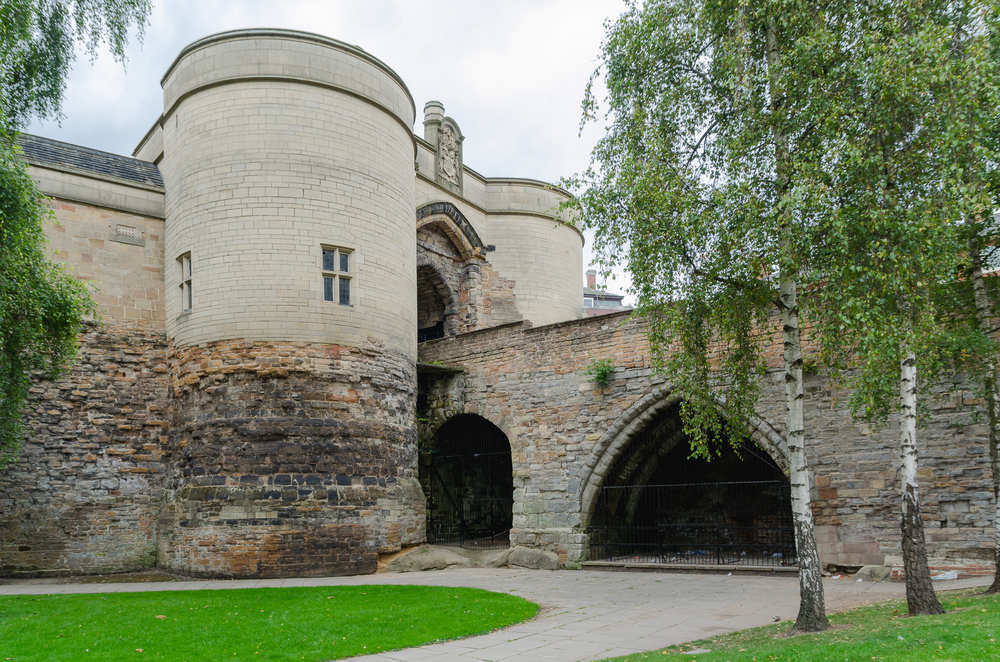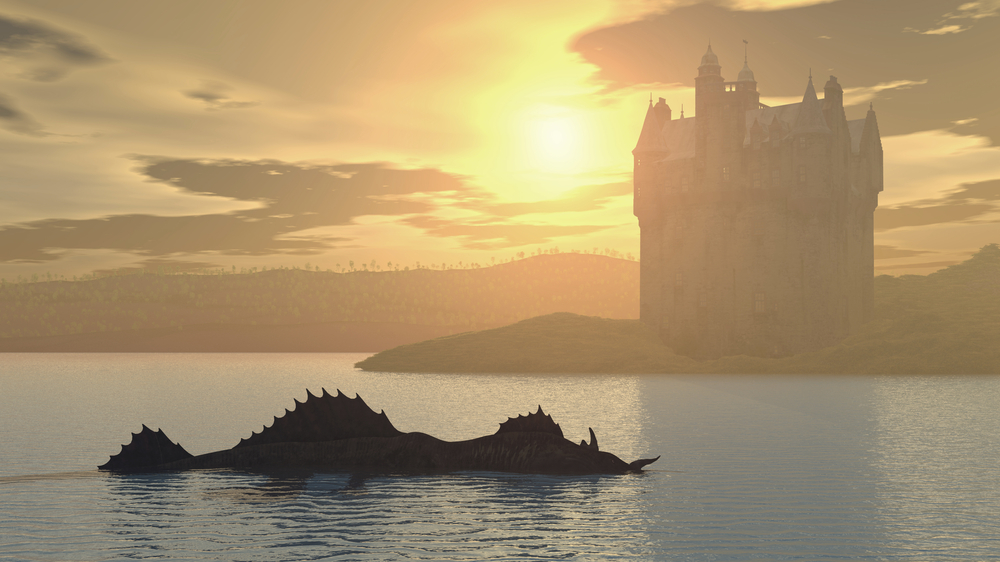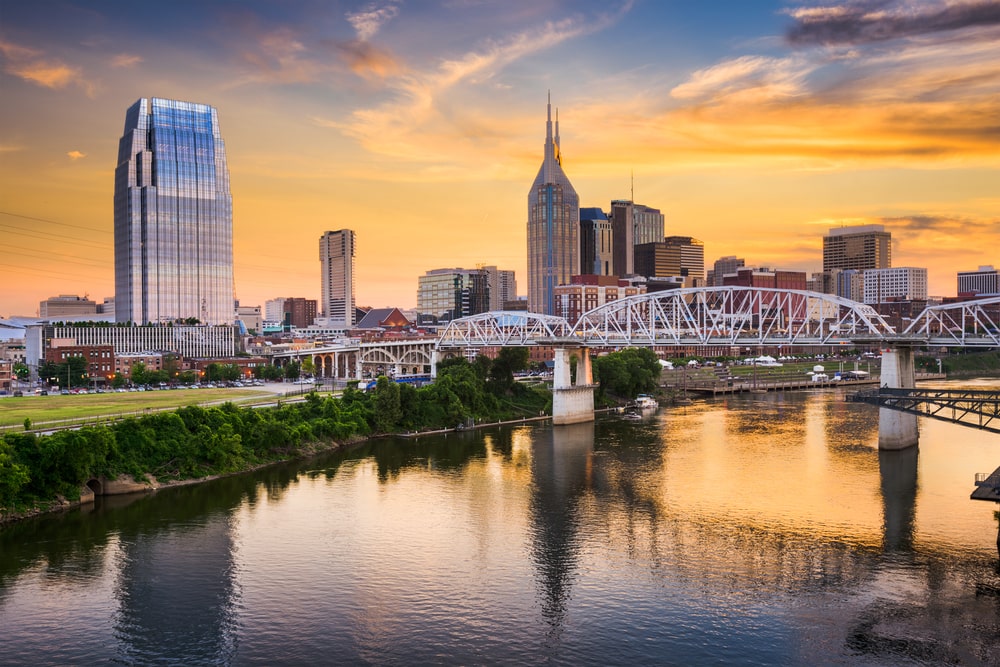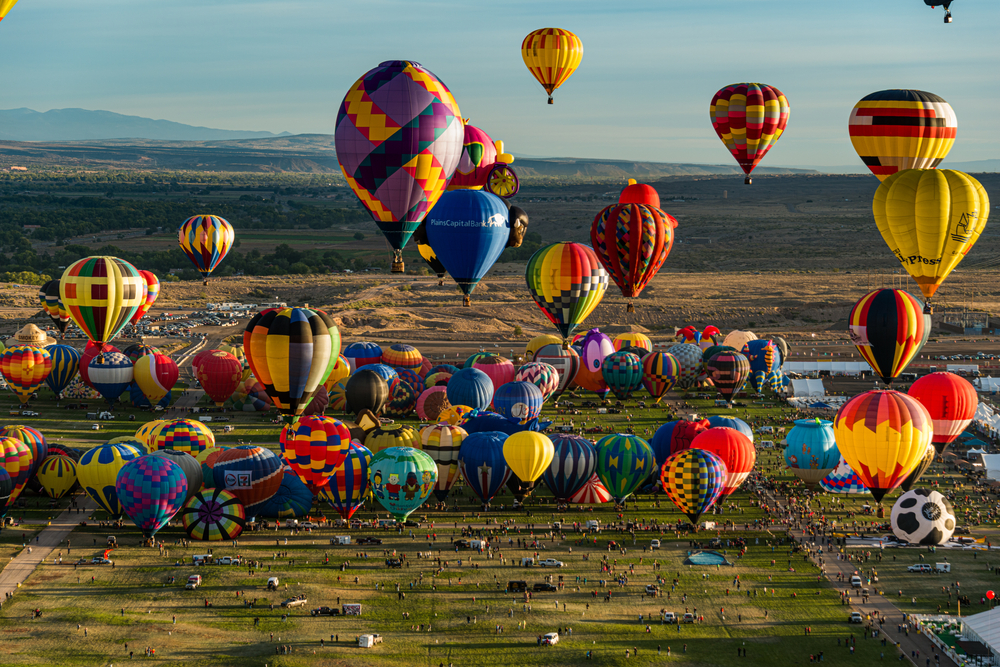How many of these mythical places have you heard about?
Legends are full of extraordinary and mythical places that capture the imagination and have inspired generations of adventurers to explore the world. Modern people are skeptical by nature, but maybe that’s because we grew up reading, listening to, and watching fantastical stories, only to grow up and discover that the real world isn’t as exciting.
Monsters are not real, neither is magic. And let’s not even get started on Santa Claus or the Easter Bunny. But just because Santa isn’t some magical elf overlord, it doesn’t mean there wasn’t a real-life person who did some breaking and entering and left gifts in his wake.
What “mythical places” authors have been describing MAY have actually existed! Passed down through folklore are stories of lost empires and hidden history. So let’s find out where some well known fables come from. Check out our 10 places from around the world, with a mythological back story!

Robin Hood’s Sherwood Forest, England
While actual accounts vary, most modern versions paint Robin Hood as a skilled archer who steals from the rich and gives to the poor while leading a merry gang against the crimes of the Sheriff of Nottingham. More than 600 years’ worth of plays, novels, and movies have molded the tale of this noble outlaw.
While the story itself is murky, the mythical place is actually real! Once a royal hunting forest, Sherwood is a 450-acre national nature reserve with exhibits and trails leading past some of Europe’s oldest trees. Here you can see what’s rumored to be Robin Hood’s hideout. It’s the hollow trunk of Major Oak, a giant twisted tree with a girth of 36ft that’s been estimated at 800 years old. There’s also a walking tour available to learn about critical sites, including Robin’s grave.
Santa’s Workshop, Finland
For hundreds of years, this mythical place, near the arctic circle has shared folklore of early Santa-like figures, specifically one known as the Yule Goat, which is what Santa to this day is called in Finland. He was said to deliver gifts on Midwinter’s night among small creatures known as tontu, aka Santa’s elves.
In the 16th century, these myths were jumbled up with the story of St. Nicholas becoming the Santa figure we recognize today. Nowadays, The Santa Claus Village in Rovaniemi receives over 300,000 visitors each year and is one of the world’s most popular travel stops.
Even during winter when the temperatures are below freezing. Visiting Santa and his reindeer for small children is a magical experience, and it is even a highly sought-after scene for adults to spend their Christmas vacation.
King Arthur’s Camelot, England
The story of King Arthur and his Round Table knights is pretty hard to believe, especially when you consider the magical sword in the stone! As legend goes, King Arthur was a British leader who led his Knights against Saxon invaders around the 5th or 6th century. He took the throne at Camelot (is THIS one mythical?) by removing Excalibur from a stone, a deed only the true king of England could achieve.
British Library manuscripts imply that Arthur is based on a person who lived in Shropshire. Experts have found an archaeological dig site in this county with remains of an ancient city and castle believed to be King Arthur’s Camelot.
But a mecca for mystics, the town of Glastonbury now sits on what is thought to be the king’s final resting place, the Isle of Avalon. So the quest to find THIS “Mythical Place” is still unfinished!
Mount Olympus, Greece
This mythical place is home to the 12 ancient gods: Zeus, Apollo, Hera, and Athena being among them. Thanks to Homer, we’re all familiar with stories of gods and Zeus’s powerful source of thunderbolts, and according to Homer, the gods live in the mountain’s mysterious folds.
Pantheon, now called Mytikas, is their gathering place, where Zeus listens to fiery arguments and unleashes his thunderous wrath. From early days, fog and frequent storms have enshrouded this mountain in mystery, inspiring the wonder and admiration of onlookers at its base. But in reality, it’s now a protected national park.
Olympus is an essential sanctuary for birds, rare plants, and animals. You’ll find well-marked trails that cross Mount Olympus, but for the inexperienced, it may not be an easy hike.
El Dorado, Colombia
The mention of El Dorado brings up images of a mythical place rich in treasures somewhere in the deep South American jungle. But in reality, the myth is actually linked to lost treasure in a Colombian lake.
It is believed that a Muisca tribal chief while worshipping the goddess of water, would cover himself in gold dust, fill a raft with his priests and the village’s gold riches, and then dive into the lake with the sacrifices.
If you head just outside of Bogota, the green-hued Lake Guatavita is the sacred El Dorado ritual site. Since the days of the conquistadors, many expeditions have made attempts to loot the gold, but only turning up small amounts of everything from jewelry to ornaments and armor.

Loch Ness, Scotland
In Scotland’s most famous myth, the Loch Ness Monster is a creature said to inhabit Loch Ness in the Scottish Highlands. It’s often described as large in size with a long neck and one or more humps extruding from the water.
Worldwide interest and belief in the creature have varied since it was brought to attention in 1934 by a London doctor who first captured “Nessie” on film. But evidence of its existence is unreliable, with a few disputed photographs and sonar readings. Dozens of reported sightings and hoaxes have popped up ever since, and the mystery remains unsolved.
In actuality, the peaty-brown water never freezes at this glacier-carved lake, and in calm, warm conditions, some say it’s prone to a mirage. Several monster-related attractions and souvenir shops seem to satisfy the droves of tourists that visit each year.
Xanadu, Mongolia
As Coleridge’s poem notes, this mythical place was the summer capital of Kublai Khan’s Yuan Dynasty after 1264. It was located in Inner Mongolia, about 220 miles north of Beijing, but was abandoned in 1430. Some of us hear “Xanadu” and immediately flashback to the ’80s with Olivia Newton-John on roller skates.
But roller disco aside, the definition of Xanadu is an idyllic place of great beauty, luxury, and peace. That’s actually what English poet Samuel Taylor Coleridge meant when he referenced Xanadu in his famous poem “Kubla Khan.” Xanadu has been added to the World Heritage sites list and features the remains of the city’s temples, palaces, tombs, and a canal.
Today, at the Xanadu archaeological site, you can see how the city was laid out to accommodate Mongolian tribal meetings and hunting.
Trojan War Site, Troy
Well, it turns out THIS “mythical place” may be real! Homer’s epic Greek poem, The Iliad, describes the brutal 10-year war between the city of Troy and the ancient Greeks that sparked when the prince of Troy kidnapped Helen, daughter of Zeus. Thanks to Odysseus’ plan to use the legendary wooden Trojan horse, he and the Achaeans infiltrated the enormous walls of Troy and attacked the city.
For centuries, scholars were positive that the Trojan War was just a Greek myth. But in the late 1800s, Heinrich Schliemann, an archaeologist, discovered what biographers believe are the remainders of Troy near Turkey’s northwest coast. Today the 4,000-year-old ruins are a UNESCO World Heritage site.
You can visit and see a reconstruction of the Trojan horse at the archeological site. Although, according to recent claims, it may not have been a horse at all.
Shangri-La, Tibet
The name “Shangri-La” appeared first in James Hilton’s 1933 novel Lost Horizon as a fictional utopia way up in the Himalayas, where life is enlightened and days are lived in harmony and sensation. The myth was so influential that the term now appears as a synonym for a remote paradise in the dictionary.
Several communities deep within the snow-capped Himalayas have claimed to be the novel’s inspiration, and the China-Tibet border town of Zhondian even renamed itself Shangri-La back in 2001. But any physical location of any ACTUAL Shangri-La, as with Buddhism’s enlightened Himalayan kingdom of Shambhala, is pure speculation.
So while you can marvel at the peace and wonder in many areas throughout the continent, it won’t be in the mythical place you’ve read about!
Hanging Gardens Of Babylon, Turkey
Legends of Babylon have always been a subject of curiosity. The Hanging Gardens are the only one of the Seven Wonders for which the location has not been established. This mythical place was described as an extraordinary feat of engineering with an ascending series of tiered gardens containing a broad variety of shrubs, trees, and vines, matching a large green mountain constructed of mud bricks.
It’s said to have been built in the ancient city of Babylon, near present-day Hillah, Babil province, in Iraq. No existing Babylonian texts mention the gardens, and no definitive archaeological evidence has been found. One theory is that the story of this mythical place refers to a well-documented garden that the Assyrian King Sennacherib built in his capital city of Nineveh, near the modern city of Mosul.

Takeaway
People have said that there’s a grain of truth to every tale. Over the course of time, humankind has dreamt up hundreds of captivating and mythical places, shrouded in mystery and lost in time. We’ve managed to find some real stories about mythical places and discovered that a few really do exist! The world contains many awe-inspiring spots to discover.
And while we might not get the chance to visit every mythical place we’ve ever read about, it feels gratifying to know that there COULD’VE been a Camelot with Round Table knights or a Trojan War among Greek gods.
We’ve taken you to 10 of the world’s most must-see mythical places, some of which are actual archaeological dig sites, so you can experience the intrigue and see why scholars haven’t ruled out the possibility of their existence.
We hope you enjoyed reading about all these mythical places. But don’t go just yet! We also recommend checking out: These 9 Magnificent Bluest Waters Worldwide Are Beckoning You










